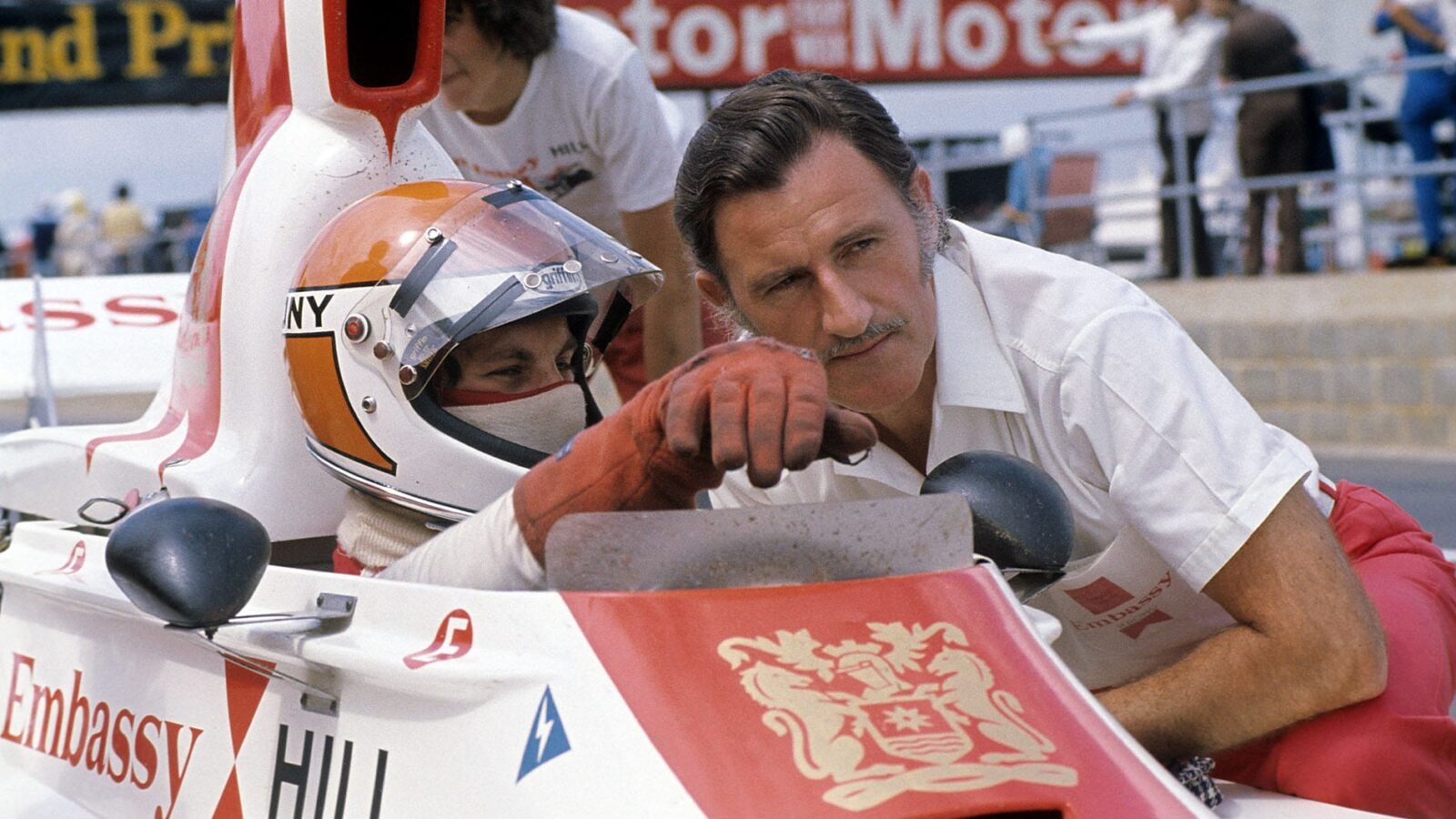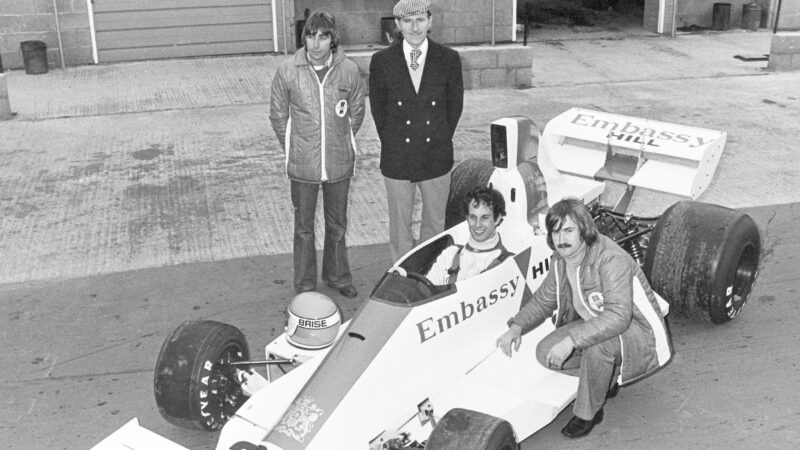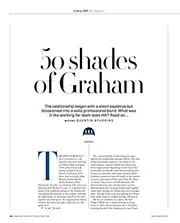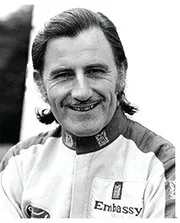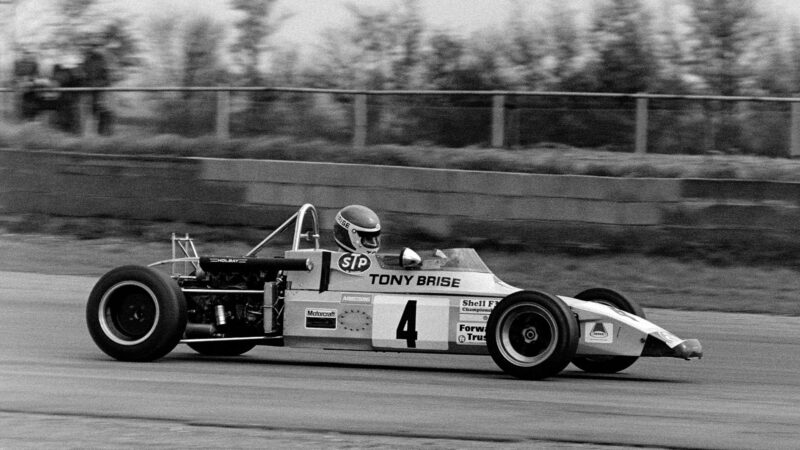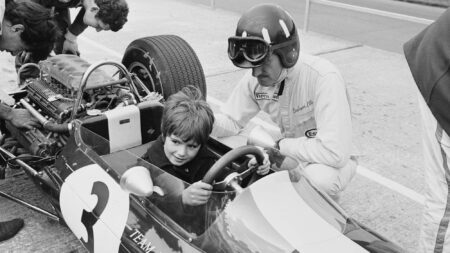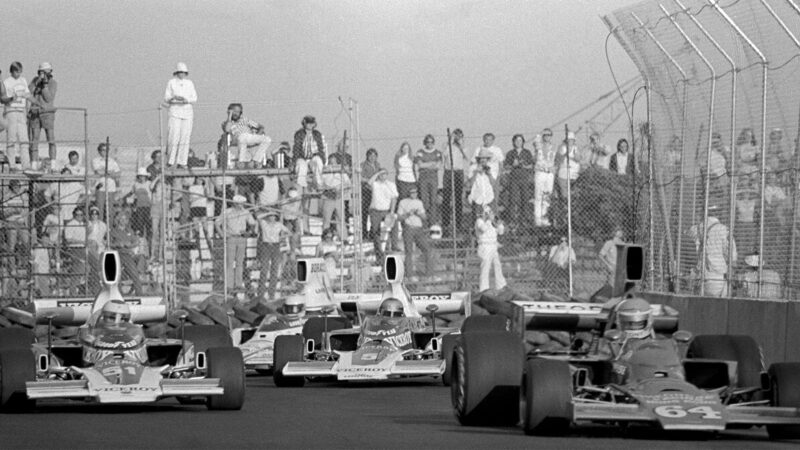How could this have happened to Jimmy, the greatest driver of his generation? It seemed clear that, whatever else, something on the car had failed, but Graham trod gently: “We don’t know what happened, but the indications are it may not have been his fault…” A month later – to the day – Mike Spence, too, was dead. In the aftermath of Clark’s death, Spence had been drafted in to partner Hill and Joe Leonard in the Lotus turbine cars at Indianapolis, and he crashed at Turn 1 during testing. Colin Chapman, devastated by the loss of Clark, was overwhelmed by this new tragedy and briefly retreated altogether from racing.
Three days after Spence’s death, Hill was at Jarama to begin practice for the Spanish Grand Prix, the only representative of Team Lotus. After qualifying sixth, he passed Bruce McLaren, John Surtees and Denny Hulme; and when Pedro Rodriguez crashed his BRM and Amon’s Ferrari retired, Graham went on to a victory as crucial and timely as any man ever scored for his team. A fortnight later he won at Monaco too, and by now Chapman was back, Lotus people beginning to see a point to the thing once more.
Through that season Graham was in a fight for the world championship with Jackie Stewart, and in Mexico he clinched it gloriously with victory in the deciding race. Not even Stewart was too unhappy about it.
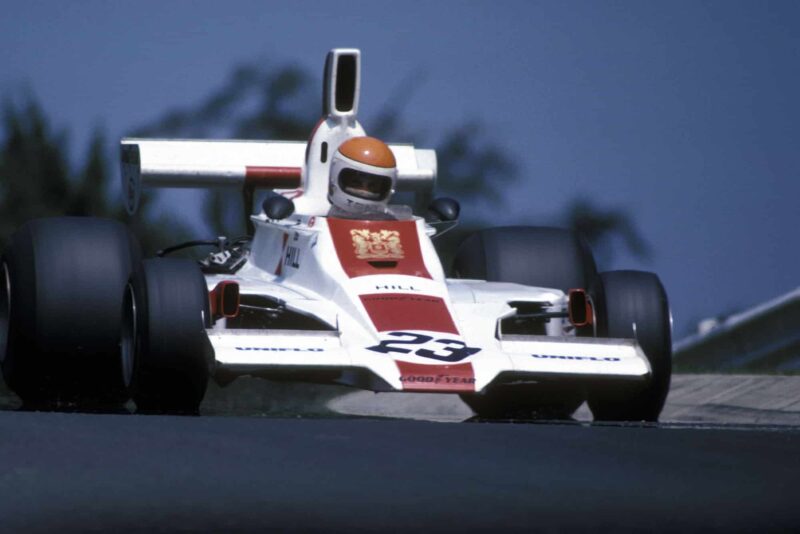
Brise was right at home on the Nürburgring’s formidable curves
DPPI
Personally, I thought Hill went on racing too long, but then fans invariably react that way when they see a man being beaten by those he would once have flicked aside. When I asked him about it, he didn’t – to my surprise! – bite my head off. “I know people say I’m humiliating myself,” he said, “but what they mean is that I’m humiliating them! They’ve supported me for years and now it embarrasses them I’m not winning any more.
